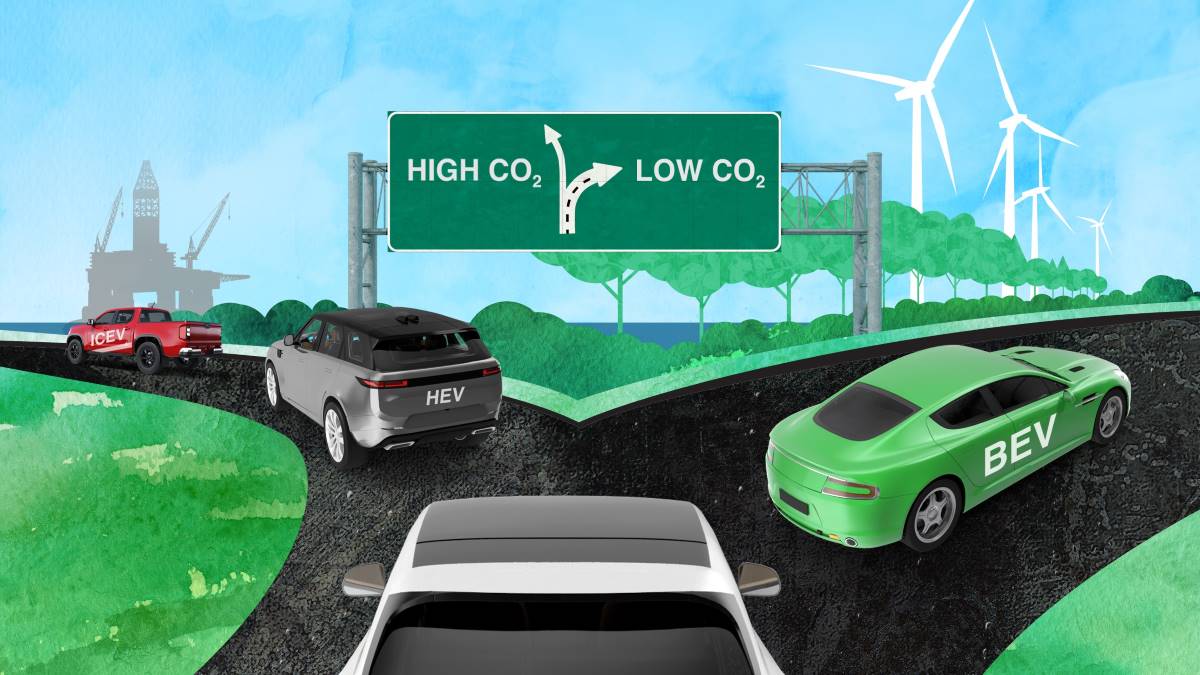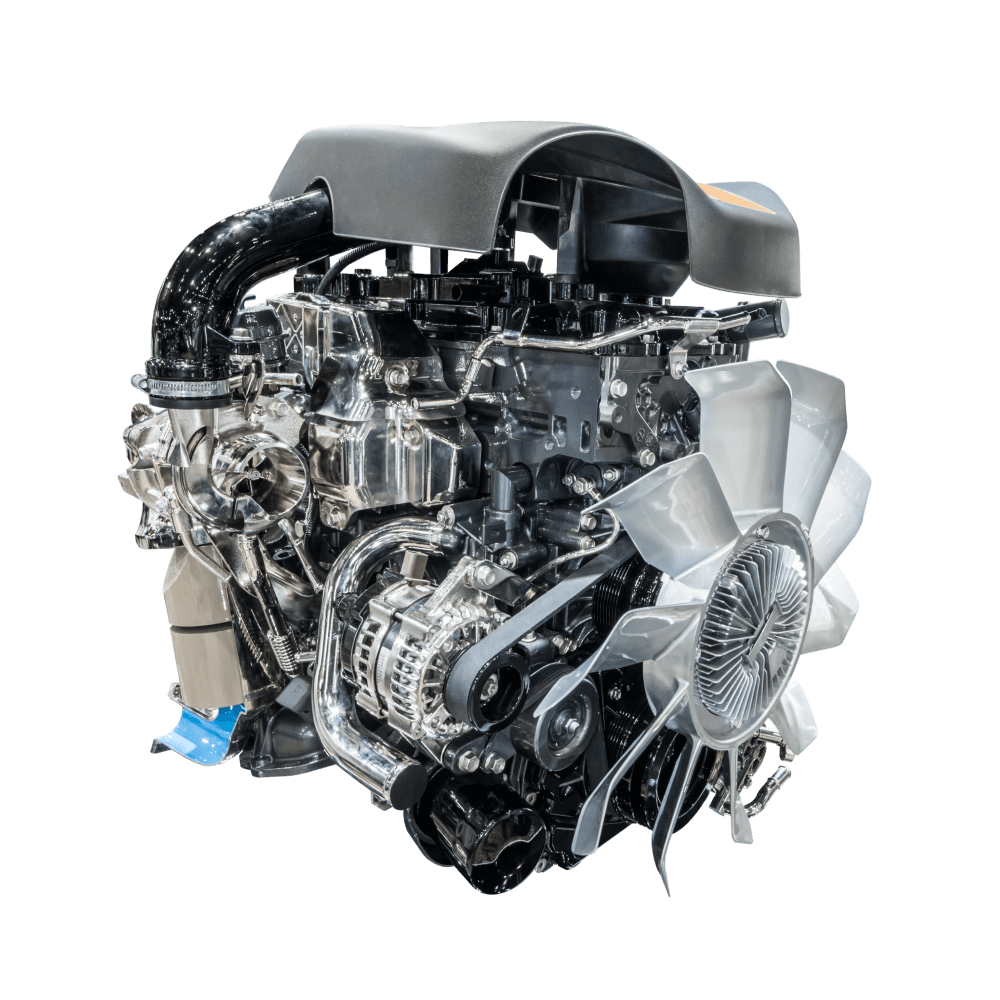Cosmos » Climate
Velentina Boulter is science journalist based in Melbourne.
A free online calculator based on new data could help people estimate and compare the greenhouse gas emissions based on what vehicle they drive, how they drive and where they live.
Researchers from the University of Michigan (U-M) in the US conducted one of the most comprehensive analyses comparing vehicle greenhouse gas emissions, with estimates for 35 different combinations of vehicle class and powertrains, including petrol-powered utes (called gas pickups in the US), hybrid SUVs and fully electric sedans.
“Vehicle electrification is a key strategy for climate action,” says senior author Greg Keoleian, a professor at the U-M School for Environment and Sustainability. “Our purpose here was to evaluate the cradle-to-grave greenhouse gas reduction from the electrification of vehicles compared with a baseline of gasoline-powered vehicles.”
While the authors hope this calculator will help drivers make more informed decisions about the types of vehicles they drive and their emissions, the information will also be valuable to policymakers and the automotive industry.
“The government is backing off incentives, like the electric vehicle tax credit, but the original equipment manufacturers are heavily invested and focused on the technology and affordability of EVs,” says Keoleian.
In 2024, over 1 in 5 of the new cars sold globally were electric, with global electric car sales exceeding 17 million. While in China, almost half of car sales were electric last year, in the US there were 1.6 million electric car sales.
“Transportation accounts for 28% of greenhouse gas emissions and we need to reduce those to limit future climate impacts such as flooding, wildfires and drought events, which are increasing in intensity and frequency,” says Keoleian.
“EVs are becoming the dominant powertrain in other parts of the world and manufacturers recognise that is the future for the US”
The researchers analysed emission numbers not just in the context of driving, but also from the perspective of making and disposing of the vehicles. They also took into consideration factors such as powertrains, vehicle class, driving behaviour and location.
For example, location can impact emission in two ways. Firstly, all vehicles tend to use more fuel at lower temperatures. Secondly, because power grids vary by location as well, charging an EV in a location with a cleaner grid will emit less greenhouse gas than compared to other locations. For this study, the researchers only focused on locations within the US.
The researchers found on average, pickup trucks with internal combustion engines were the highest emitters at 302 grams of carbon dioxide per kilometre (486 grams per mile).
If drivers switch to a hybrid pickup this would reduce those emissions by 23% and a fully electric pickup reduces the carbon dioxide emissions by 75%.
The researchers also found that an electric pickup truck carrying more than 1,100 kg (2,500 pounds) still produced less than 30% of the emissions of a gas-powered pickup truck carrying no cargo.
“The thing is really matching your vehicle with your needs,” says Keoleian, who notes that the best thing for drivers is to pick the smallest vehicle that suits their individual needs.
“Obviously, if you’re in the trades, you may need a pickup truck. But you can get a battery electric pickup truck. If you’re just commuting to work by yourself, I’d recommend a sedan BEV instead.”
The work has been published in the journal Environmental Science & Technology.
Originally published by Cosmos as Online calculator estimates vehicles greenhouse gas emissions
Please login to favourite this article.
‘Cosmos’ and ‘The Science of Everything’ are registered trademarks in Australia and owned by CSIRO.
T: 1300 719623 (Australia)
E: [email protected]
Address:
Cosmos,
CSIRO Publishing,
PO Box 10041,
Adelaide SA 5001
Australia












